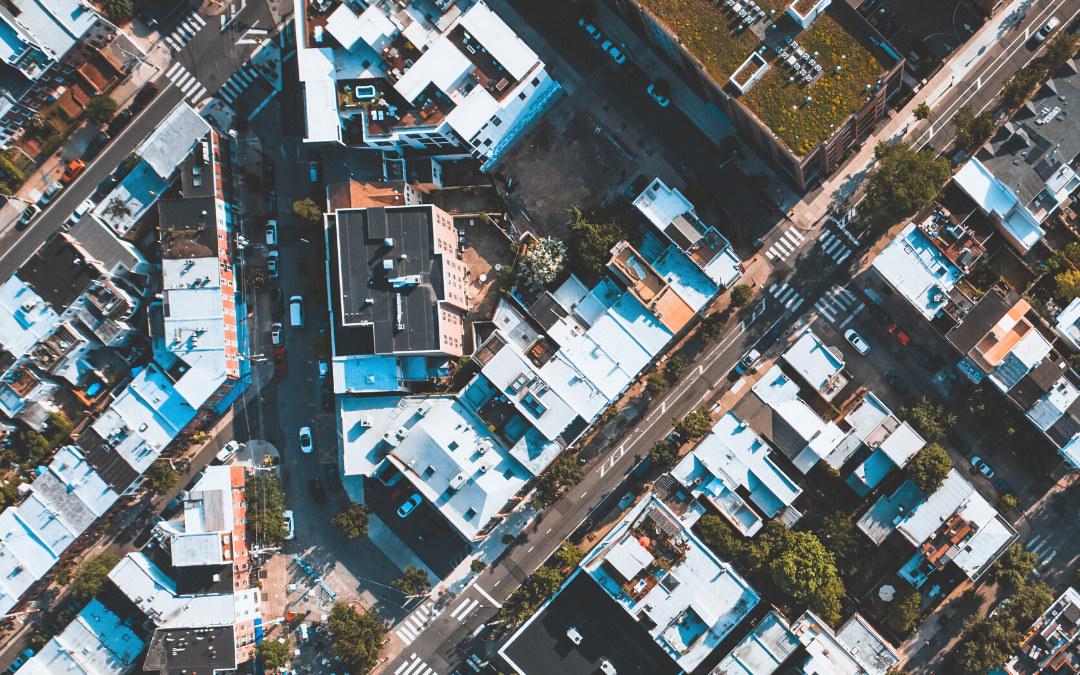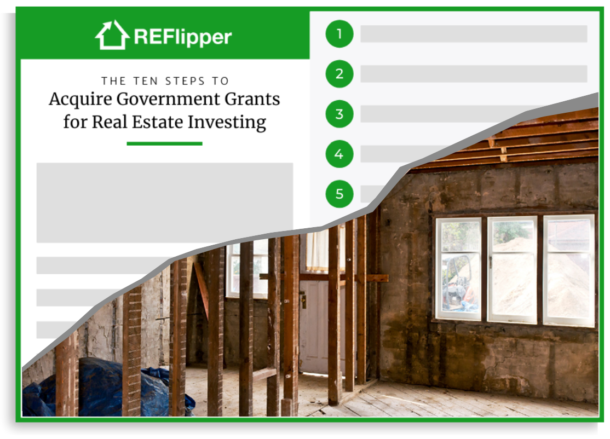What Are Neighborhood Revitalization Grants?
Neighborhood revitalization grants are funds allocated to states, cities, counties, non-governmental organizations, and nonprofit foundations. The goal is to use them to improve mostly low- and moderate-income communities. The oldest such federal program, the Community Development Block Grant (CDBG), was started by President Gerald Ford in 1974. Since that time, funding from it has helped create more than 400,000 jobs and, perhaps more importantly, rehabilitated more than 1.3 million homes.
Revitalization grants can also come from private donors, such as corporations. For example, the Wells-Fargo Housing Foundation regularly donates sums of money to nonprofits for, among other things, housing rehabilitation and renovation purposes, as do many other private donors.
These can be used directly to cover the costs of a real estate project or, indirectly to increase the valuation of a real estate investment by improving the neighborhood it’s in.
How To Find Neighborhood Revitalization Grants
Funding isn’t awarded directly to individual recipients by donors (whether federal or non-governmental). Therefore, real estate investors looking to take advantage of neighborhood revitalization grants will have to search for opportunities at a state and local level.
To get started, you can inquire with your local U.S. Department of Housing and Urban Development (HUD) office, your area’s Chamber of Commerce, a National Residential Improvement Association (NRIA) representative, and other local authorities. These organizations will be the best-informed about the opportunities for private investors to access governmental and non-governmental funding.
Eligible Revitalization Grant Activities
Neighborhood revitalization grant funds must be spent on what the HUD calls “eligible activities.” These are “community development activities directed toward neighborhood revitalization, economic development, and improved community facilities and services.”
Here’s a list of what these activities can be:
- Acquisition of real property
- Relocation and demolition
- Rehabilitation of residential and non-residential structures
- Construction of public facilities and improvements
These projects can span from removing lead from residential homes to demolishing burned or otherwise ruined buildings, improving accessibility for the disabled, or constructing a public children’s playground. By working closely with local authorities and learning more about neighborhood revitalization project eligibility and criteria, you can take full advantage of these grants and improve your real estate investment.
How To Qualify For Revitalization Grants?
There is no one-size-fits-all approach to qualifying for revitalization grants. That’s because grantors – whether governmental or non-governmental organizations – determine the qualification criteria on a per-project basis. Depending on the project and grantor, you may have to apply to do business with the federal government. Steps to apply include:
- Registering for a DUNS number
- Registering on SAM.gov
- Applying through Grants.gov
Revitalization Grant Examples
An example of neighborhood revitalization grants is the Community Development Block Grant Program’s funding for low-income housing. Local governments receive funding from the Department for Housing and Urban Development and distribute that funding to registered organizations which offer affordable housing to low-income households.
These affordable housing projects can include housing for seniors, people with disabilities, and families. A condition of this grant is that the developer must keep rents affordable for low-income households. A real estate investor can partner with a registered affordable housing developer and apply for such a grant. A percentage of units will then be reserved exclusively for low-income households.
A concrete example of such grants is a New Jersey Department of Community Affairs program grant to reduce childhood lead poisoning dangers through remediation of residential homes. Twelve nonprofits received $6.8 million towards that purpose.
Another real-world example is the Cecil B. Moore Homeownership Zone in Philadelphia, Pennsylvania. In this project, CDBG funding was combined with other grant funding, and the project worked with private partners to revitalize a run-down neighborhood in the city. As a result, more than 300 new homes were created or rehabilitated. These improvements to neighborhood infrastructure attracted new investment, services, and a spur in economic development.
How Can Revitalization Grant Funds Be Used?
Funds can be used for various purposes, with the main aim being to benefit low- and moderate-income individuals. The official HUD website states that, over a 1, 2, or 3-year period (selected by the grantee or “entitlement community,” which is a state, city, or county body), “not less than 70 percent of CDBG funds must be used for activities that benefit low- and moderate-income persons.” The HUD website provides a list of examples of activities (including, but not limited to) that CDBG funds can be used for:
- Acquisition of real property
- Relocation and demolition
- Rehabilitation of residential and non-residential structures
- Construction of public facilities and improvements, such as water and sewer facilities, streets neighborhood centers, and the conversion of school buildings for eligible purposes
- Public services, within certain limits
- Activities relating to energy conservation and renewable energy resources
- Provision of assistance to profit-motivated businesses to carry out economic development and job creation/retention activities
As the real estate investor and owner, it us up to you to find out what programs entitlement communities and other organizations are running in your area. From there, you can find out how you can partner with them to increase the value of your real estate investment. HUD provides many training materials and information about its neighborhood revitalization grant programs on its website.
How Much Funding Can Eligible Projects Receive?
The amount of funding eligible projects can receive varies from project to project. Grant amounts can range from a few thousand dollars for rehabilitation of a single-family residential building to several hundred thousand, or even several million dollars for a community-wide project.
In FY 2021, for example, the CDBG program is funded at $3.45 billion in appropriations. As a private real estate investor, how much of it you can access depends on what kind of partnership you can apply for or “sell” to the grantees of the funds. These are usually nonprofit or charitable organizations that work with the entitlement communities that receive funding from the federal government. Alternately, the funding might be coming from private foundations or trusts. How much of that you can access is unique to each foundation and program.
It’s also important to determine whether any grant you apply for can be combined with other grants or other types of funds such as loans. If the program doesn’t allow for such pooling of resources, you may find yourself in a bind if approved for one grant that excludes combination with other grants or loans. Still, it’s not a bad idea to apply for several grants if you can, even ones that exclude combination, as approval is never guaranteed. In the worst case, you can reject a grant after being approved for it.
In the end, most neighborhood revitalization grants won’t cover the total cost of a project. If you use creative thinking and put in some effort, though, they can provide a welcome source of additional funds and help increase the value of your property. Good luck!



